Ceramic-lined composite pipes are renowned for their superior wear resistance, corrosion resistance, and ability to withstand high temperatures. These properties make them essential components in industries like mining, oil and gas, and chemical processing, where durability and reliability are paramount. However, to ensure these pipes function effectively within a larger piping system, a reliable and secure method of connection is necessary. There are several types of connections available for ceramic-lined composite pipes, each designed to meet specific application requirements. Understanding these connection methods is crucial for achieving the best performance, ease of installation, and long-term reliability in the system.
One of the most widely used connection methods for ceramic-lined composite pipes is welding. This technique involves fusing the ends of the pipes by melting the steel components, which results in a strong, permanent bond. Welding creates a seamless, leak-proof connection, ideal for high-pressure and high-temperature applications. Although the ceramic lining itself cannot be directly welded due to its brittleness, careful heat management during the welding process ensures the ceramic layer is not damaged. This connection method is perfect for situations where a long-lasting, permanent joint is required, such as in critical systems or high-stress environments. It also ensures that the pipes are integrated securely into the overall system, providing strength and stability.
Another common connection type is flanged connections. Flanges are mechanical components that allow two pipes or systems to be joined together using bolts. A flange is typically attached to the ends of ceramic-lined composite pipes, and then another matching flange is affixed to the other pipe or equipment, with a gasket placed in between to ensure a tight seal. This type of connection offers significant flexibility as it allows for easy disassembly and maintenance. The ability to disconnect the pipes quickly makes flanged connections ideal for systems that require frequent inspections or repairs. They are commonly used to connect ceramic-lined composite pipes to pumps, valves, and other equipment in the system. Flanged connections also provide the convenience of connecting the pipes to other standard piping systems, ensuring compatibility with different materials or equipment.
For certain applications that require high mechanical strength, Vickers and Rockwell connections may be used. These types of connections are based on specific hardness tests and are designed to ensure that the joint maintains its strength and integrity under mechanical stress. Vickers connections are named after the Vickers hardness test, while Rockwell connections are based on the Rockwell hardness scale. These connection methods are typically employed in applications that demand high precision and durability, where the pipes are subjected to extreme forces, wear, and fatigue. The Vickers and Rockwell connections are especially useful in systems that must adhere to rigorous mechanical performance standards, ensuring that the pipes will not fail under challenging conditions.
Threaded connections offer another viable method for joining ceramic-lined composite pipes, especially in smaller-diameter systems. In this method, the ends of the pipes are threaded, allowing them to be screwed into specially designed fittings. Threaded connections are easier and faster to install compared to welding or flanging, making them a good option for projects with time constraints or where ease of installation is a priority. Although they are suitable for lower-pressure applications, threaded connections may not provide the same level of durability as welded or flanged connections in high-stress environments. Nonetheless, they are highly effective for smaller systems or installations where frequent disassembly and reconfiguration are required.


 English
English русский
русский عربى
عربى

.jpg)
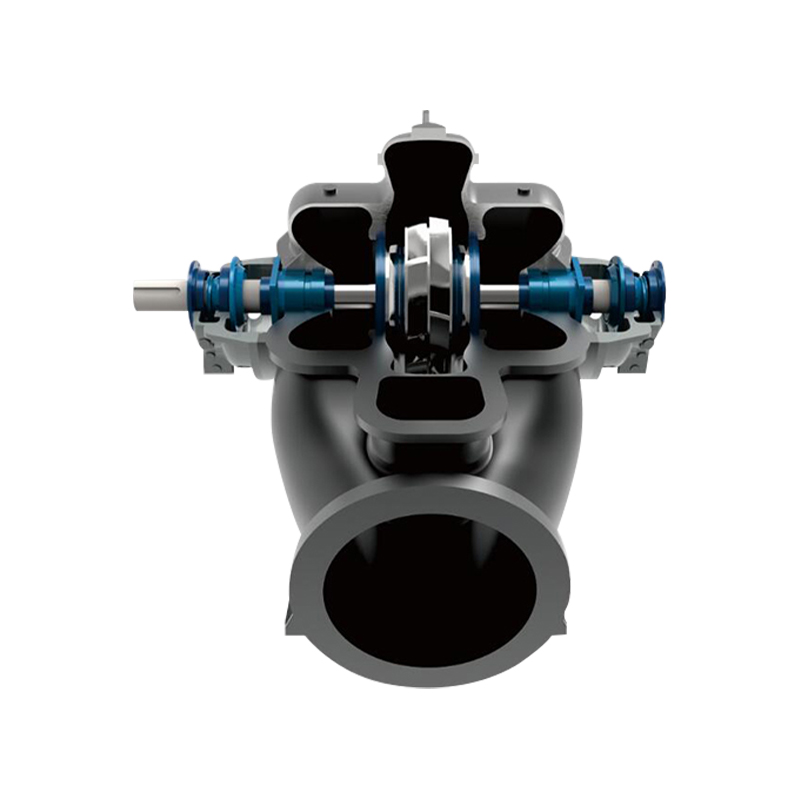
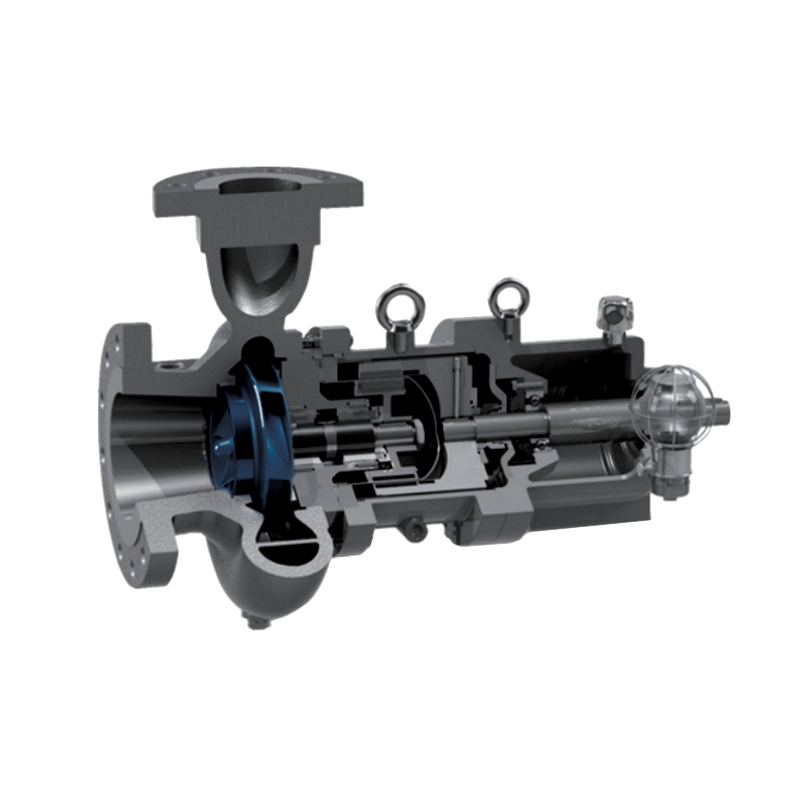
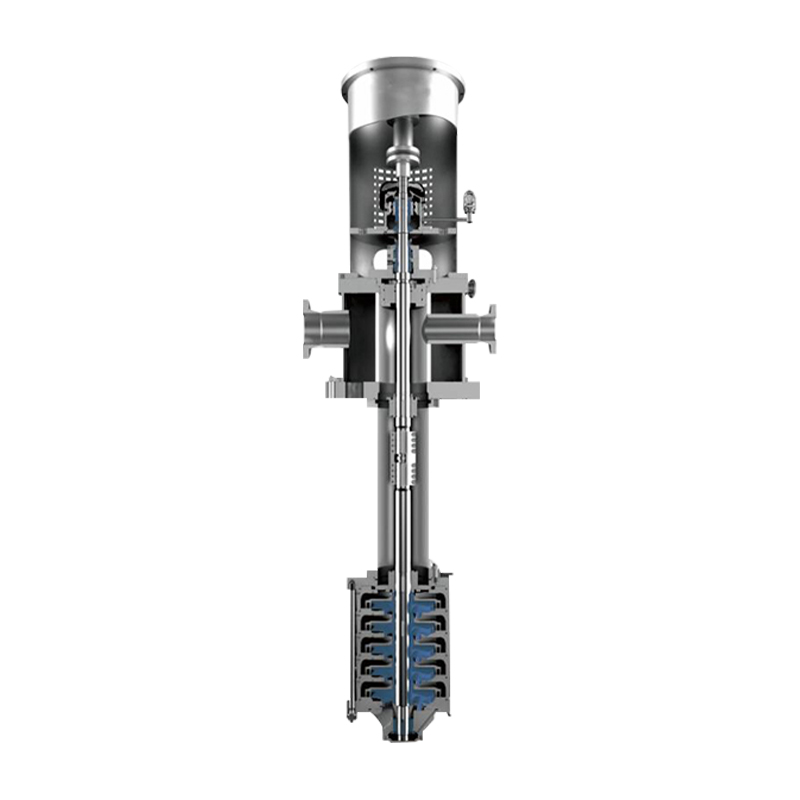
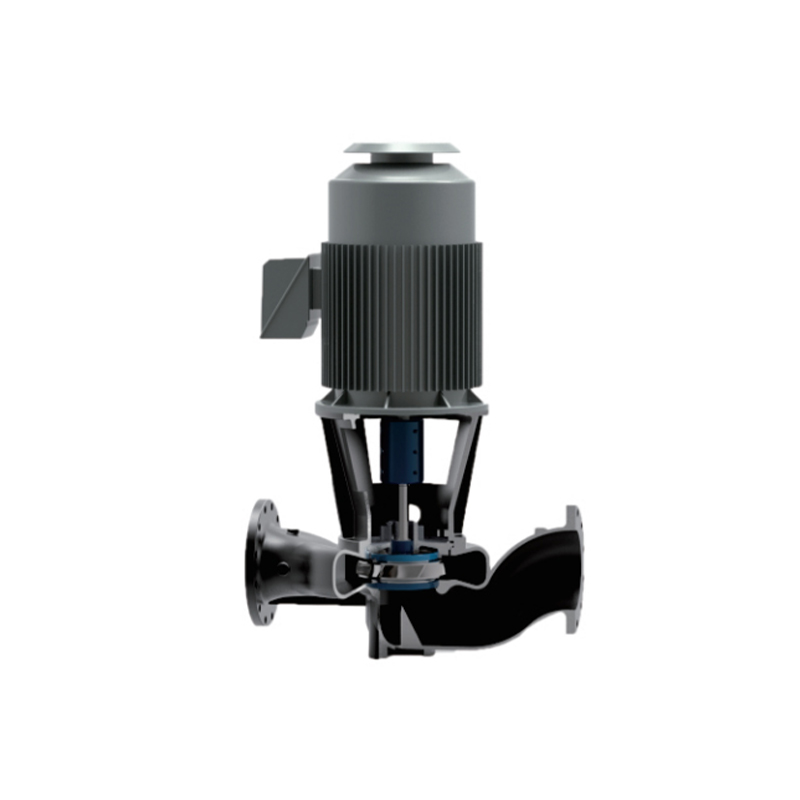
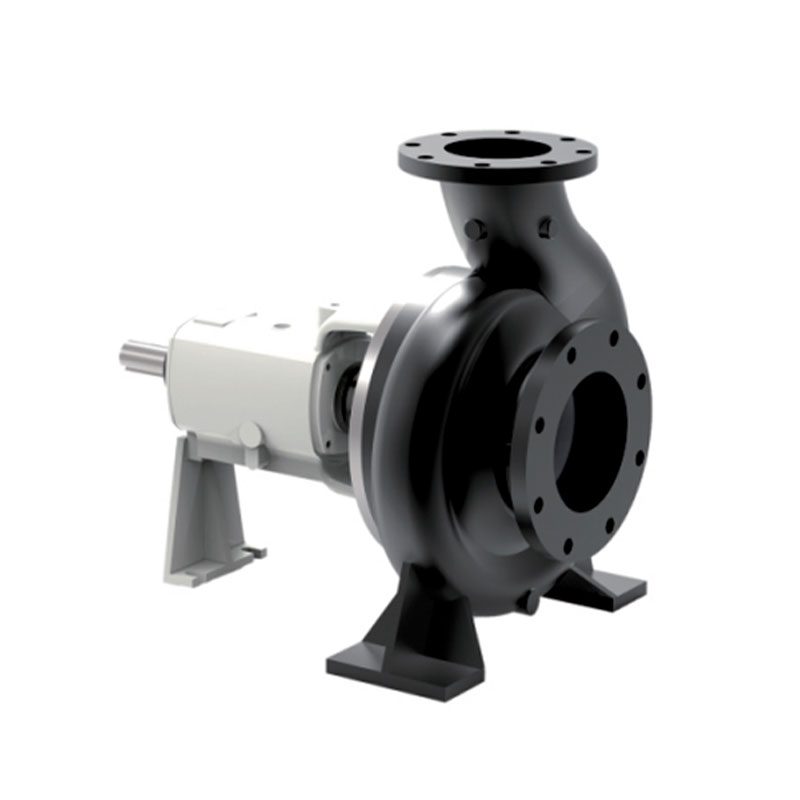
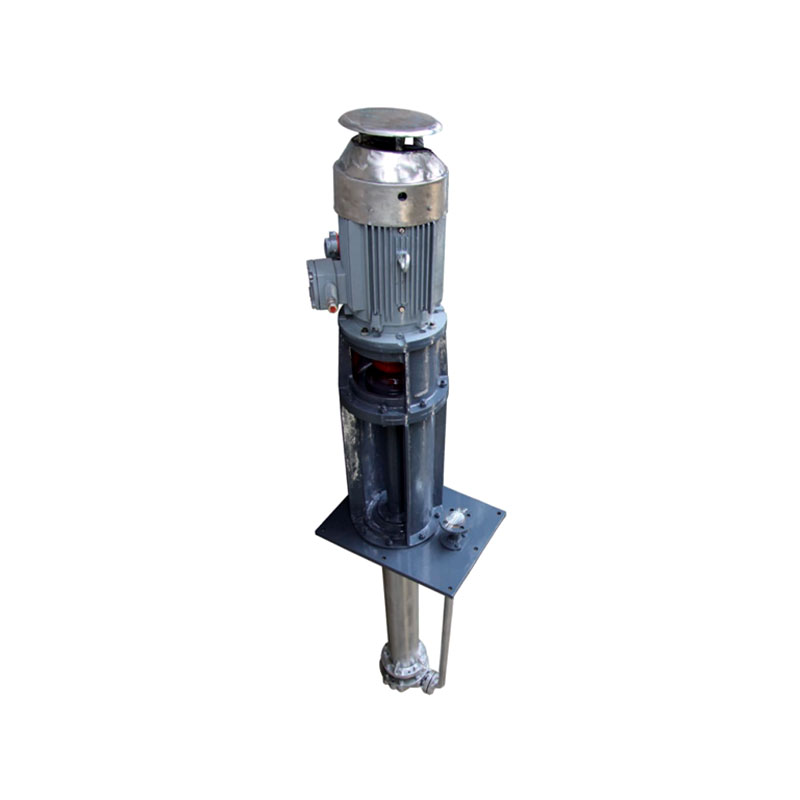
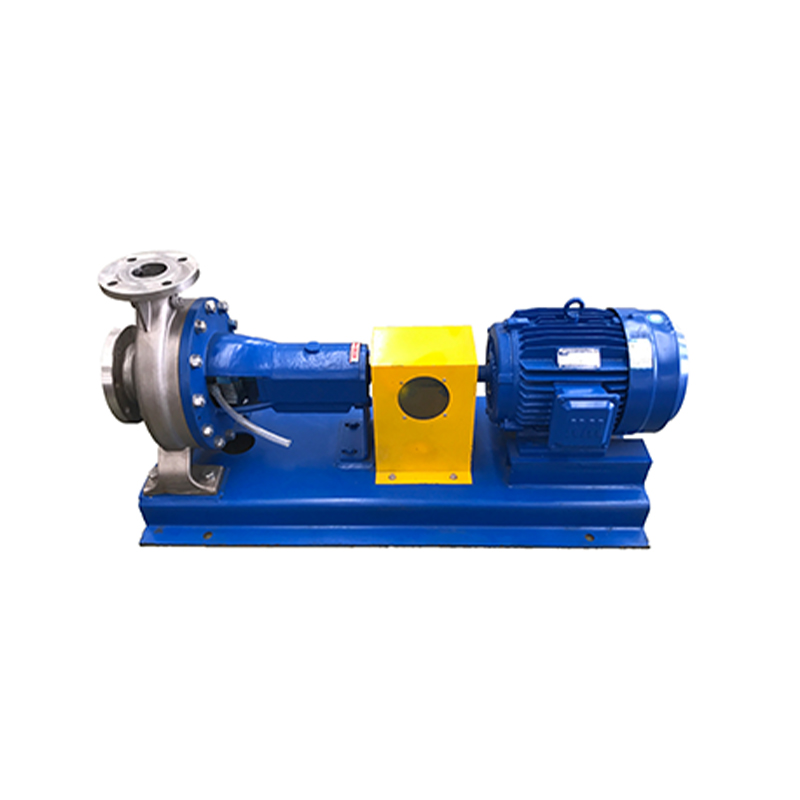

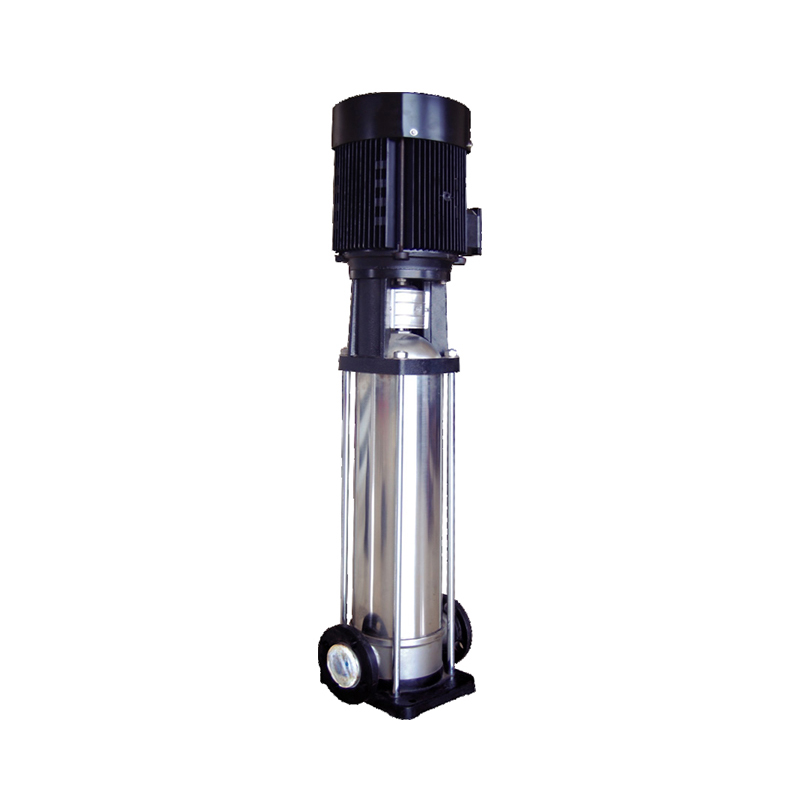






 ENG
ENG

 TOP
TOP